Croxton All Saints














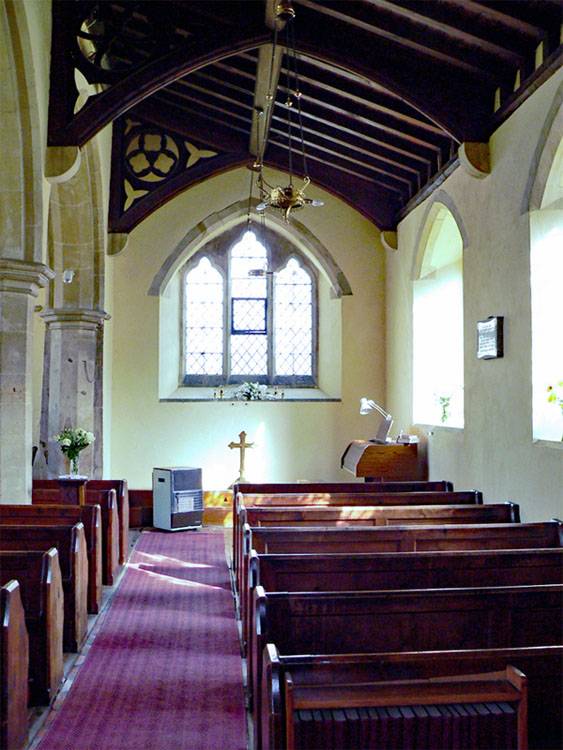


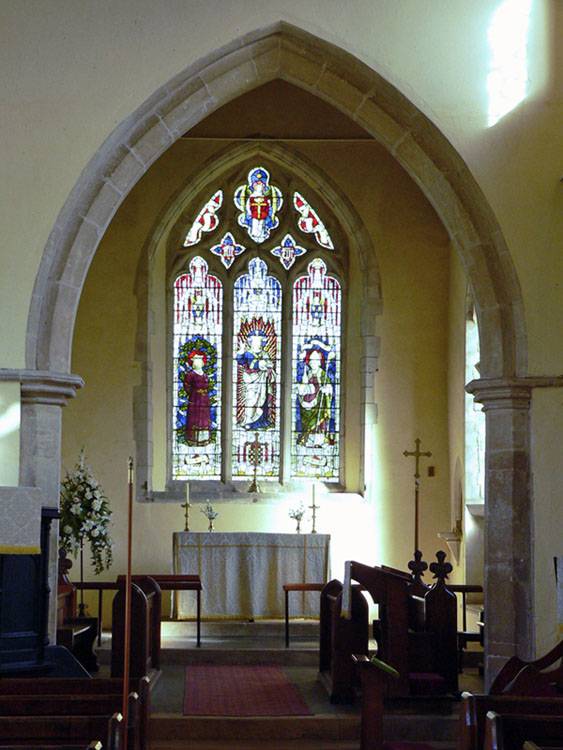









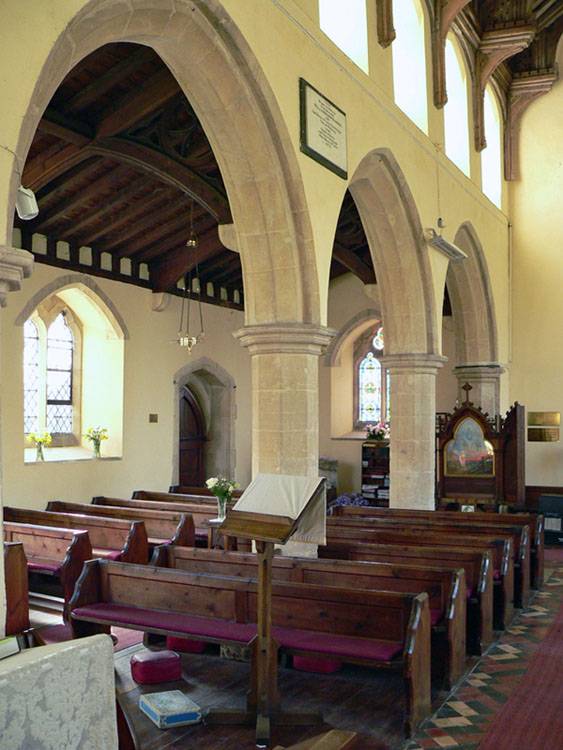



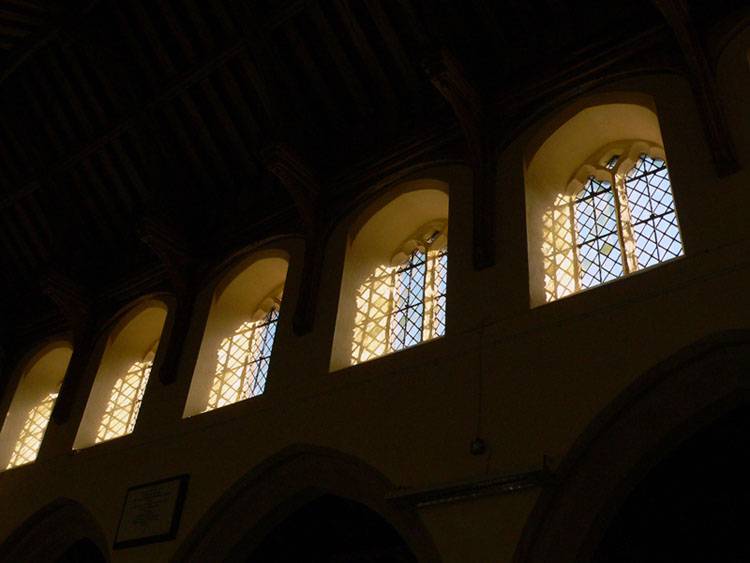
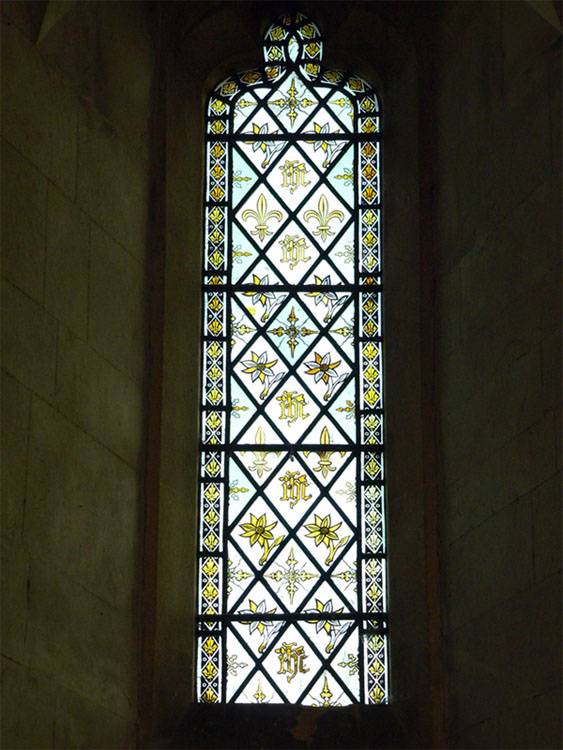



















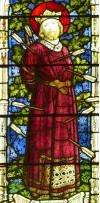



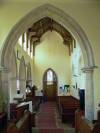
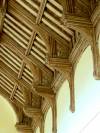
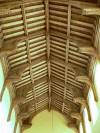



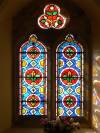
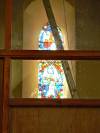


All Saints Church Croxton
Where to find this church
Church Information
All Saints church is located in Croxton, a village in Norfolk just to the north of Thetford and the A11 main road to Norwich.
This church is open Saturdays March - November 10am to 4pm
* denotes external links that open in a new window


Visiting Croxton All Saints
Croxton All Saints is one of the churches that it is usually locked, and even though it is now listed on the Exploring Norfolk Churches site, it still has extremely limited opening hours (see info-box). It was locked on my first visit in 2003 on which some of the exterior photos were taken, making them some of the oldest photos on this website. For my next visit in 2008, I had arranged to have the church opened for me. And the gentleman who did this explained why they kept the church locked: “We had some vandalism recently!” “Oh dear, when was that?” “Well, 12 (!) years ago…” Unfortunately, not much seems to have changed since. As I do not like the quality of the interior photos a lot, we will have to plan another visit carefully.
With its red tiled roof and its many clerestory windows framed with red brick, this is a colourful flint church, from the south side! There is no aisle, nor clerestory, on the north side. The tower is late 13th/early 14th century and changes to octagonal for the contemporary belfry stage. This has flint quoins, although the belfry openings, with cusped Y tracery, are framed with dressed stone. The tower supports a short spire, added in 1856, which splays out in the lower regions to cap the tower walls, and is covered with grey slates.
The chancel has a round headed priest’s doorway, made of Barnack stone, decorated with dog-tooth carvings, dating to the 13th century. The east window has good Decorated tracery from the 14th century, and the chancel’s north-east buttress is decorated with some proudwork, cut black flints set back into stone panels.
The nave is covered by an early 15th century hammer beam roof. The hammer beams, which have battlemented ornamentation, project horizontally from the top of the wall posts to support the sloping rafters. There are pierced tracery carvings in the spandrels above these beams. The aisle also has carvings in the spandrels supporting its roof.
Near the back of the south pews in the nave lies a gravestone, brought in from outside. It is for Thomas Bailey †1805, near 100 years old. It has a relief carving of the Parable of the Good Samaritan across the top.
At the west end of the aisle is the somewhat battered octagonal font, which came here from Swaffham in the mid 19th century. The top part of the bowl looks to have been broken off at some stage and re-fixed. There is a band of quatrefoil carving just below the top and there are engaged pillars separating the panels of the bowl. In the corner nearby is an 18th century “bird bath” font, a vase-like bowl on top of a pedestal, made of wood. This is probably the one in use before the font from Swaffham arrived.
Conclusion: pretty church from the outside you will probably find locked


